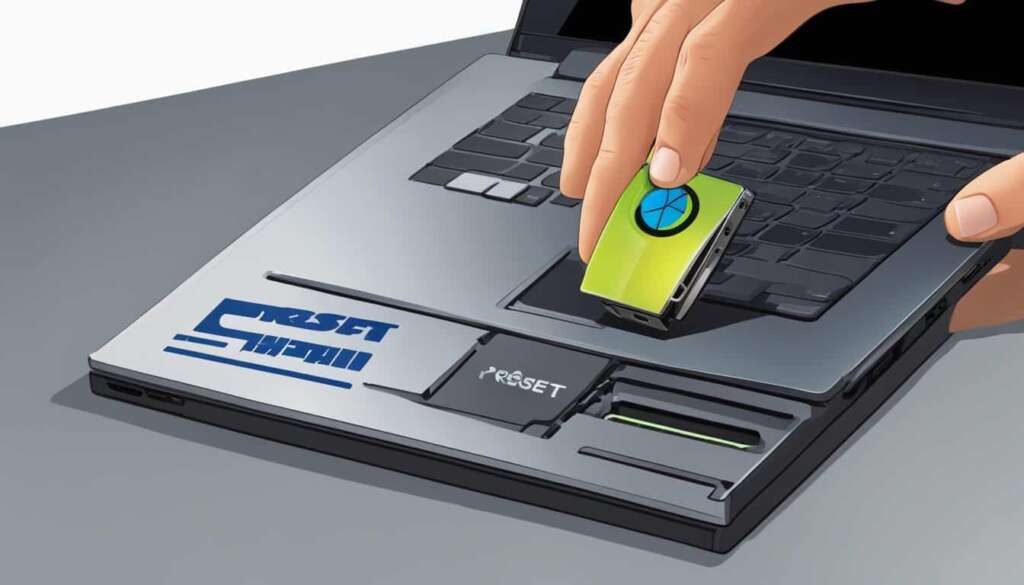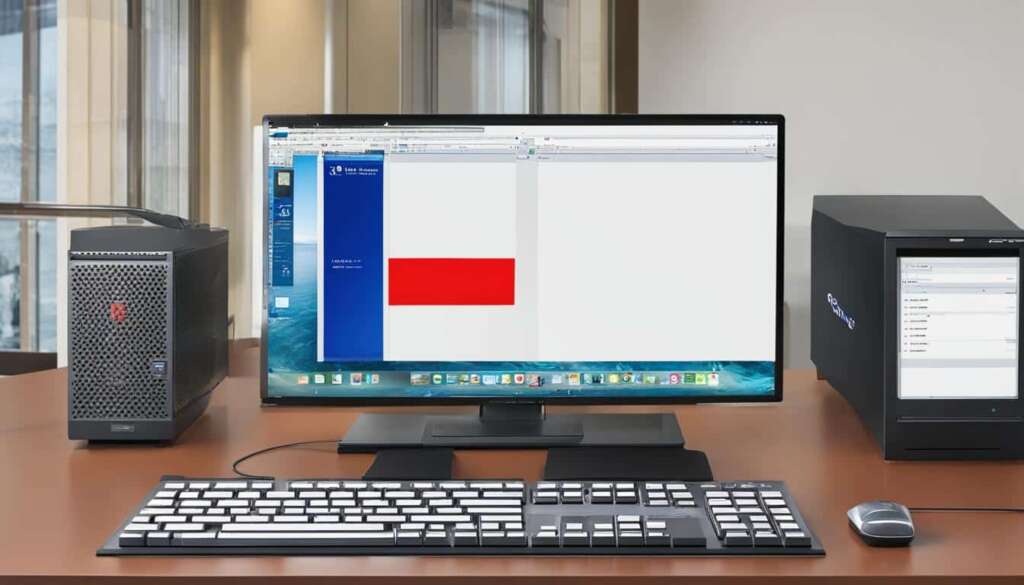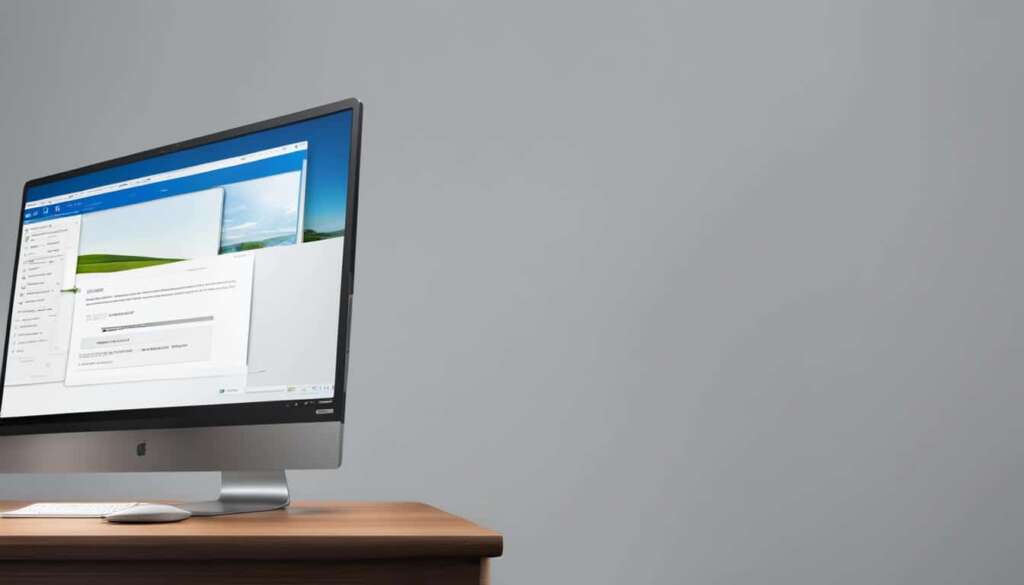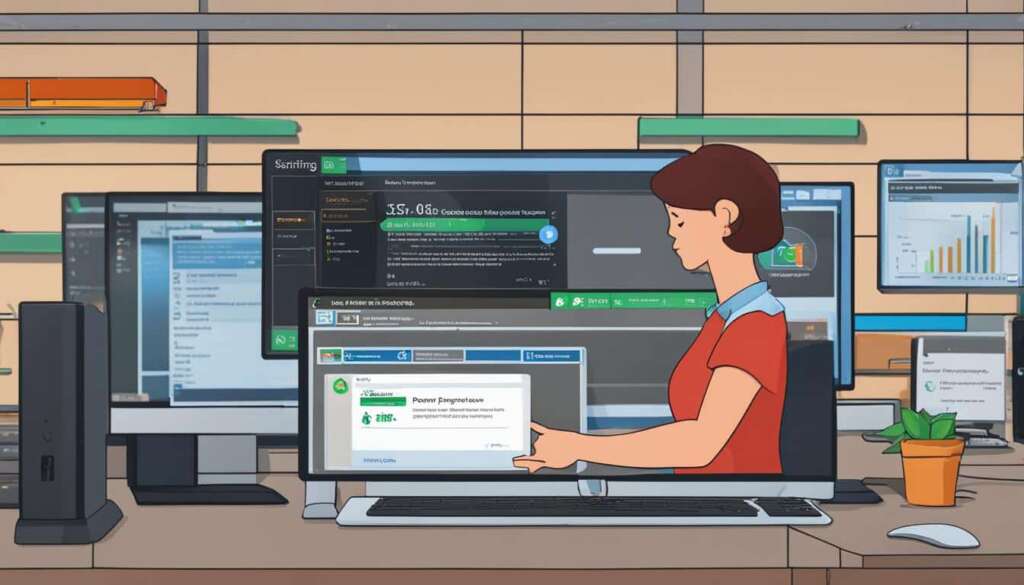Table of Contents
If you’re experiencing issues with your PC or simply want to start afresh, resetting your PC can be a handy solution. Whether you’re using Windows 11 or Windows 10, the Reset This PC feature allows you to reinstall Windows and restore your computer to its default settings. In this guide, we’ll walk you through the steps to reset your PC, highlighting the options available and providing tips for a successful reset. Let’s get started!
Resetting your PC can help troubleshoot various issues, from software glitches to performance problems. It’s important to note that resetting your PC will remove any programs and files that are not backed up, so it’s crucial to save any important data beforehand. The reset process can be customized to suit your needs, whether you want to keep your personal files or start with a clean slate.
To begin the reset process, you can access the Advanced Startup Options menu from the Settings menu or by using the Repair your computer link after booting from your installation media or recovery drive. From there, you can select the Reset This PC option. On the Reset This PC screen, you’ll be presented with different choices, such as keeping your files, removing everything, or restoring factory settings. Choose the option that aligns with your preferences and click Reset to initiate the process.
Depending on your operating system, there may be slight differences in the process. In Windows 10, you can find the Reset This PC option in the Settings app under Update & Security. In Windows 11, you can access it through System or Windows Updates in the Settings app. Rest assured, the steps are straightforward and easy to follow, regardless of the version you’re using.
Resetting your PC can be an effective troubleshooting method or a way to refresh your computer. It’s important to keep in mind that the process may take some time, so be patient and avoid interrupting it. By following this step-by-step guide, you’ll be able to reset your PC with confidence, resolving any issues you may be facing. In the upcoming sections, we’ll dive into the specifics of resetting a PC in Windows 10 and Windows 11, as well as provide some additional tips to ensure a successful reset. Let’s begin!
How to Reset a PC in Windows 10
In Windows 10, you can easily reset your PC to resolve various issues or start fresh. Follow these steps to reset your PC:
- Open the Settings app.
- Select Update & Security.
- Choose Recovery from the left-hand menu.
- Under the Reset this PC section, click on the Get started button.
- On the next screen, you will be presented with two options:
| Option | Description |
|---|---|
| Keep my files | This option allows you to reset your PC while keeping your personal files intact. Only downloaded apps and settings will be removed. |
| Remove everything | Choosing this option will completely wipe your PC, including downloaded apps, settings, and personal files. Make sure to back up your important files before proceeding. |
Before hitting the reset button, you can also customize additional settings, such as whether to restore preinstalled apps or clean the drive. Once you are ready to proceed, click Reset and wait for the process to complete. This may take some time, so be patient.
It’s important to note that resetting your PC will remove all installed programs, so you may need to reinstall any software you use regularly after the reset is complete.
Remember to back up any important files before resetting your PC to ensure they are not lost during the process.
Having trouble resetting your PC?
If you are unable to reset your PC using the steps above, you might need to perform a factory reset. This will restore your PC to its original factory settings, removing all your personal files and installed programs. Before proceeding with a factory reset, it is crucial to back up your important files and make sure you have the necessary installation media or recovery drive.
Please consult your device manufacturer’s support documentation or visit their website for specific instructions on performing a factory reset for your particular model.
How to Reset a PC in Windows 11
In Windows 11, there are multiple ways to reset your PC to its factory settings. You can open the Settings app and go to System > Recovery or Windows Updates > Advanced options > Recovery. From there, you can click on the Reset PC option.
Like in Windows 10, you can choose to keep your files or remove everything. Keeping your files will only remove downloaded apps and settings, while removing everything will wipe the drive clean, including downloaded apps, settings, and personal files.
You can also choose how to reinstall Windows by selecting either a local reinstall or a cloud download. The local reinstall option allows you to install Windows from local storage, while the cloud download option pulls files directly from Microsoft’s servers.
Once you have made your selections, you can further customize additional settings, such as whether to restore preinstalled apps and whether to clean the drive. After reviewing the summary of what will happen during the reset, click Reset and wait for the process to complete.
Resetting your PC can be a useful troubleshooting step if you’re experiencing software issues or want to start fresh. It’s important to note that resetting your PC will remove all installed applications and personal files, so make sure you have a backup of any important data before proceeding.
“Resetting your PC can be a useful troubleshooting step if you’re experiencing software issues or want to start fresh.”
Resetting a PC in Windows 11 Steps:
- Open the Settings app.
- Navigate to System > Recovery or Windows Updates > Advanced options > Recovery.
- Click on the Reset PC option.
- Select whether to keep your files or remove everything.
- Choose the method for reinstalling Windows – either a local reinstall or a cloud download.
- Customize additional settings, such as restoring preinstalled apps or cleaning the drive.
- Review the summary of the reset process.
- Click Reset and wait for the process to complete.
Tips for Resetting a PC
When it comes to resetting your PC, there are a few important tips to keep in mind to ensure a smooth process. Follow these guidelines to successfully reset your PC and resolve any issues you may be experiencing.
1. Back up your files: Before initiating the reset, it is crucial to back up any important files and data. This will ensure that your valuable information is not lost during the reset process.
2. Understand your options: Take the time to fully understand the different reset options available for your PC. Whether you want to keep your files, remove everything, or restore factory settings, it’s important to choose the option that aligns with your needs.
3. Choose the right reinstall method: When resetting your PC, you have the choice of reinstalling Windows from local storage or via a cloud download. Consider your preferences and select the method that works best for you.
4. Customize additional settings: During the reset process, you may have the option to customize additional settings. These settings might include whether to restore preinstalled apps or clean the drive. Take advantage of these options to tailor your reset to your specific requirements.
5. Be patient: Resetting a PC can take some time, so it’s important to be patient. Avoid interrupting the process and give it the time it needs to complete successfully. This will ensure a smooth reset and minimize the chance of any complications.
By following these tips, you can confidently reset your PC using the appropriate pc reset guide steps and resolve any pc troubleshooting issues. Whether you’re performing a factory reset or pc recovery, these guidelines will help you navigate the process smoothly, ultimately restoring your PC to its optimal state.
FAQ
How do I reset a PC in Windows 10?
To reset a PC in Windows 10, open the Settings app, select Update & Security, and then choose Recovery. Under the Reset this PC heading, click on the Get started button. From there, you can choose whether to keep your files or remove everything. Once you are ready to proceed, click Reset and wait for the process to complete.
How do I reset a PC in Windows 11?
In Windows 11, you can reset your PC by opening the Settings app and going to System > Recovery or Windows Updates > Advanced options > Recovery. From there, click on the Reset PC option. Choose whether to keep your files or remove everything, and then select how to reinstall Windows. You can further customize additional settings before clicking Reset and waiting for the process to complete.
What are some tips for resetting a PC?
Here are some tips for resetting a PC:
– Back up your files before resetting.
– Understand your reset options.
– Choose the right reinstall method for Windows.
– Customize additional settings during the reset.
– Be patient and avoid interrupting the process.












